In The News

07 January 2026
Investigator Kamena Kostova, named ‘Cell Scientist to Watch’
From the Journal of Cell Science, Investigator Kamena Kostova named a 'Cell Scientist to Watch'
Read Article
News
Stowers scientists presented novel research aimed to inspire scientific discussion, collaboration, and discovery — without shortcuts.
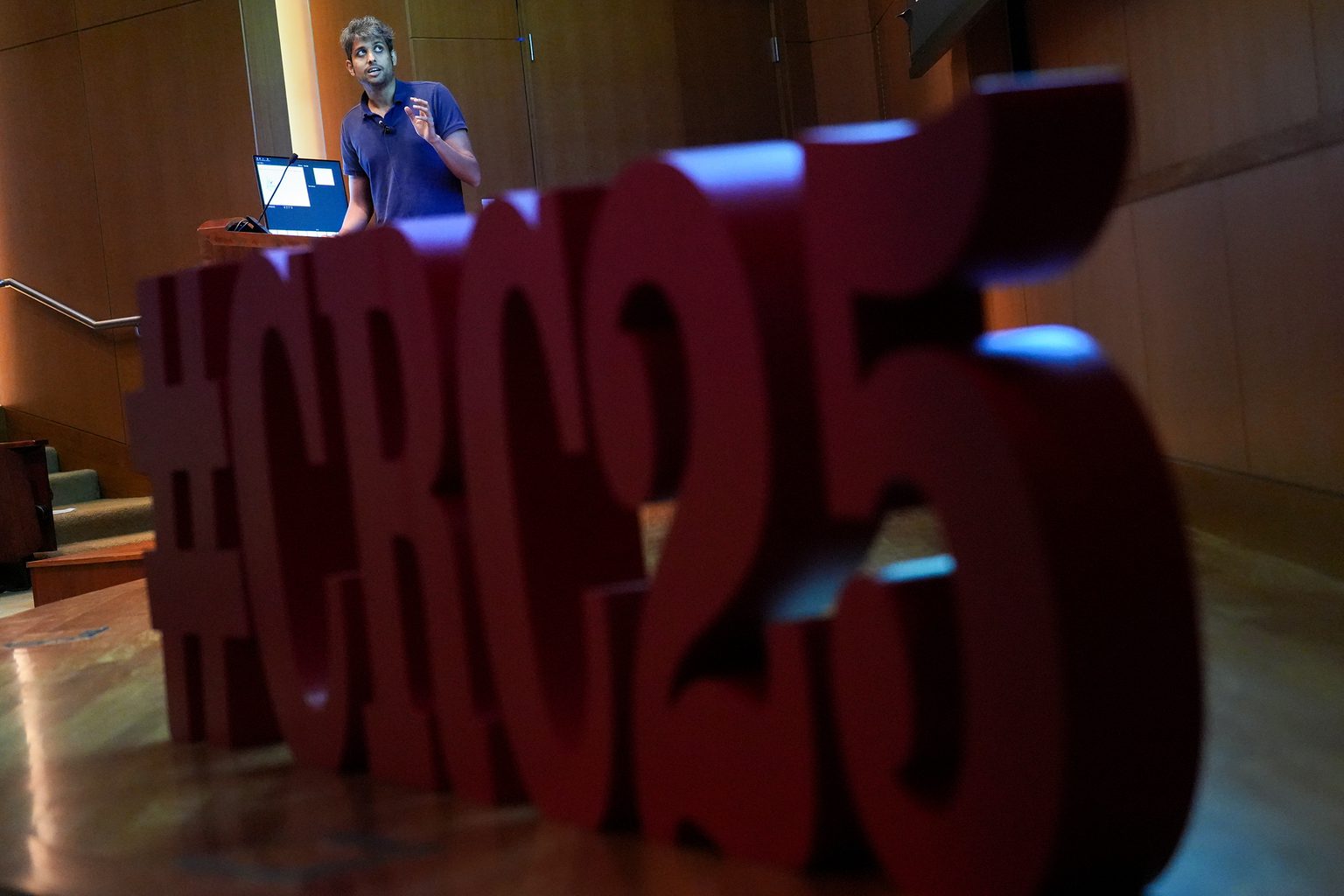
The Stowers Crossroads Research Conference (CRC), an internal scientific meeting held each gathered Investigators, postdocs, Ph.D. students, and Technology Center scientists eager to share and challenge one another’s work. The event featured talks and poster sessions, from developmental and evolutionary biology to neuroscience, and offered a forum for provocative questions and earnest exchanges.
In his opening remarks, Stowers Institute President and Chief Scientific Officer Alejandro Sánchez Alvarado, Ph.D., reminded the community that the value of science lies in persistence. “Complex problems rarely yield simple solutions,” he said, urging scientists to value patience, skill, and tenacity over novelty. “Real science isn’t about shortcuts — it’s about building robust, lasting knowledge that can withstand time.”
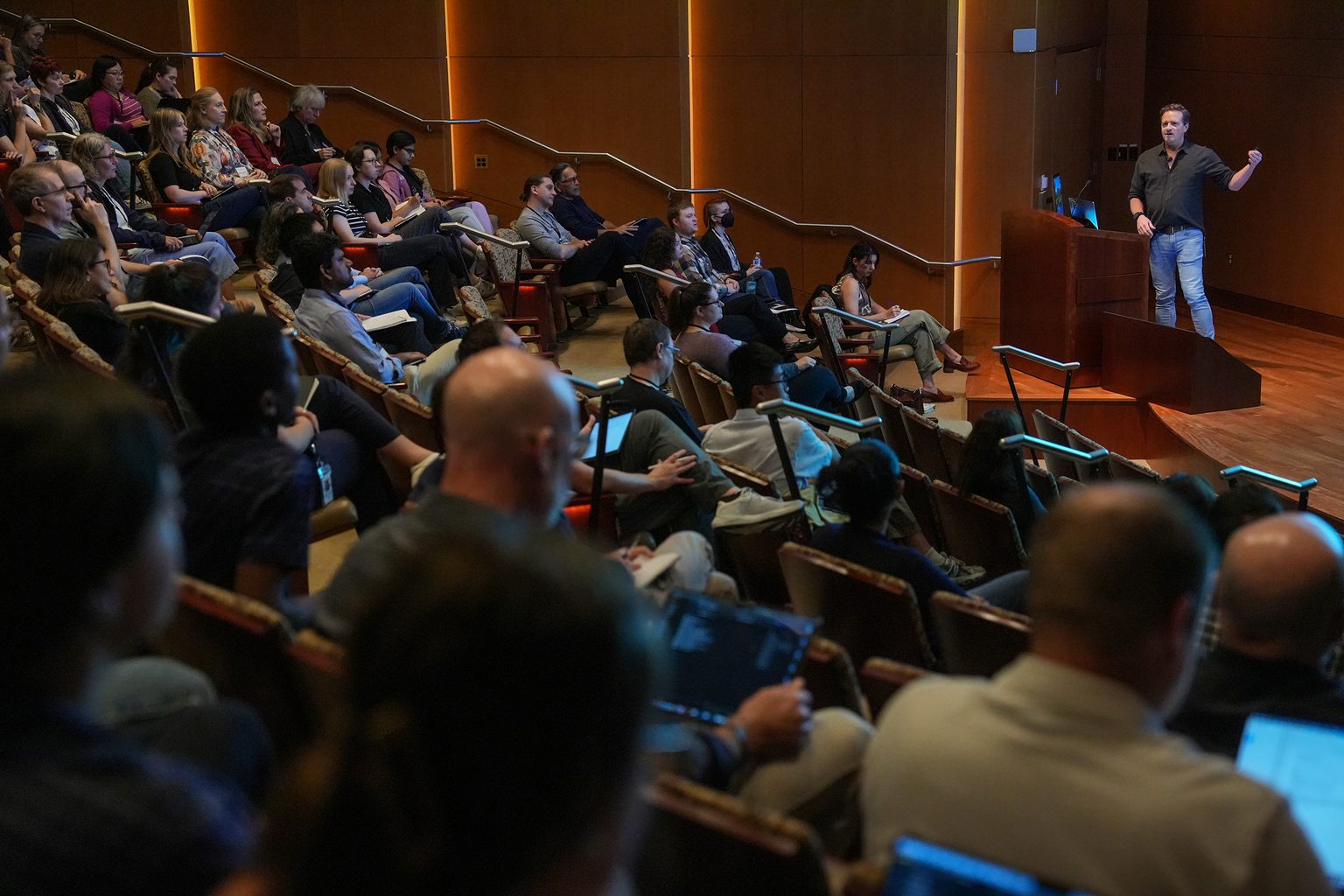
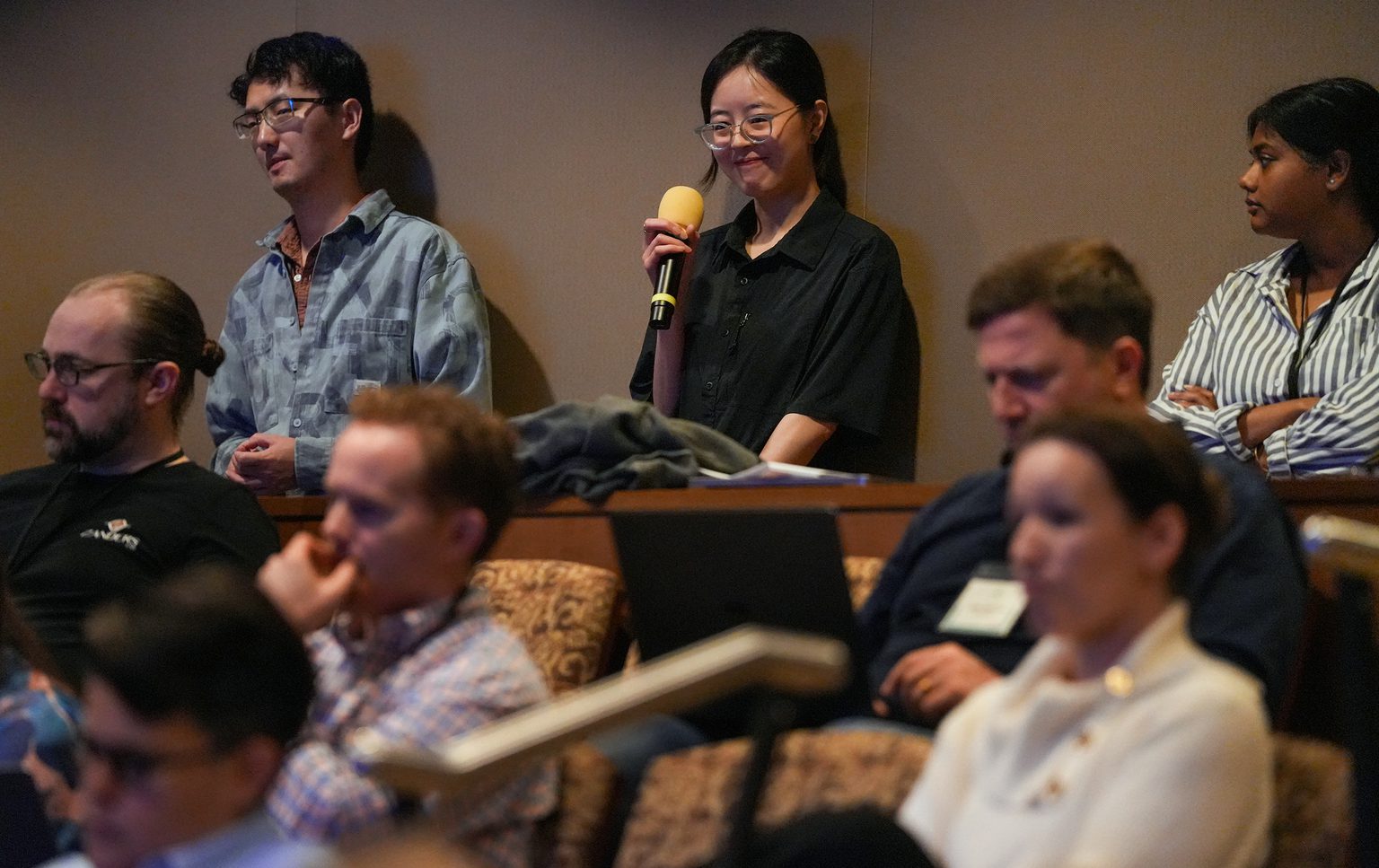
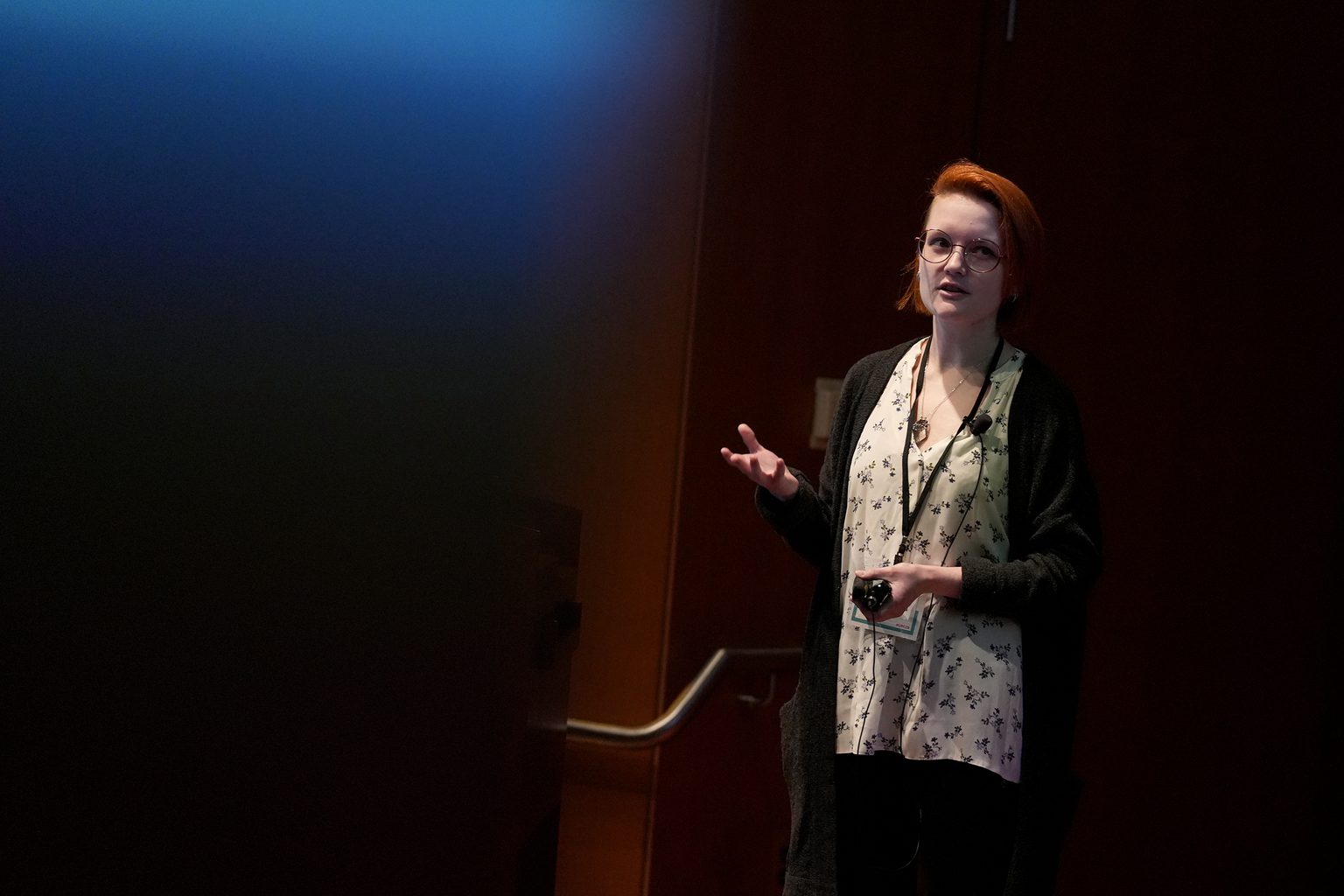
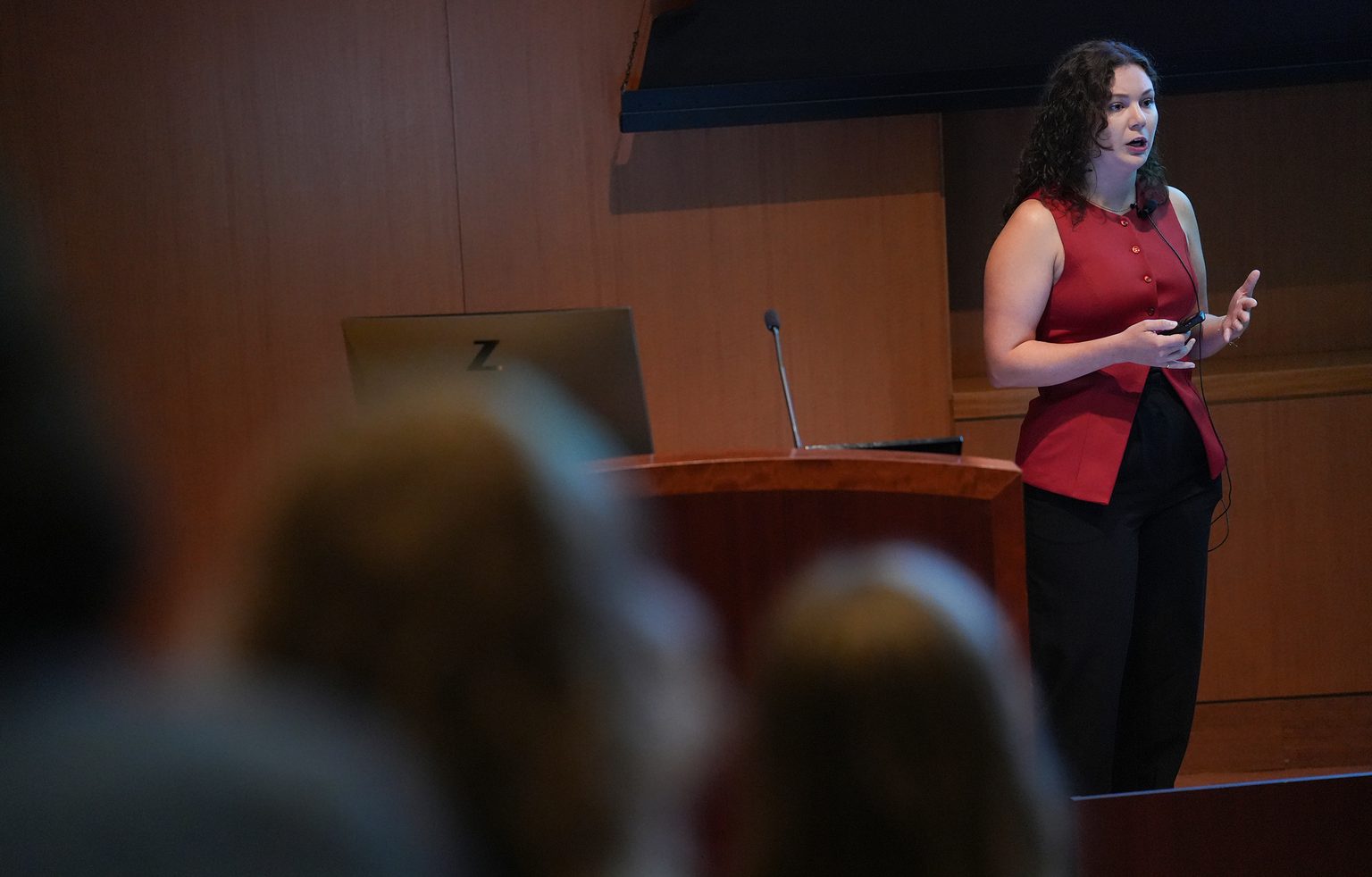
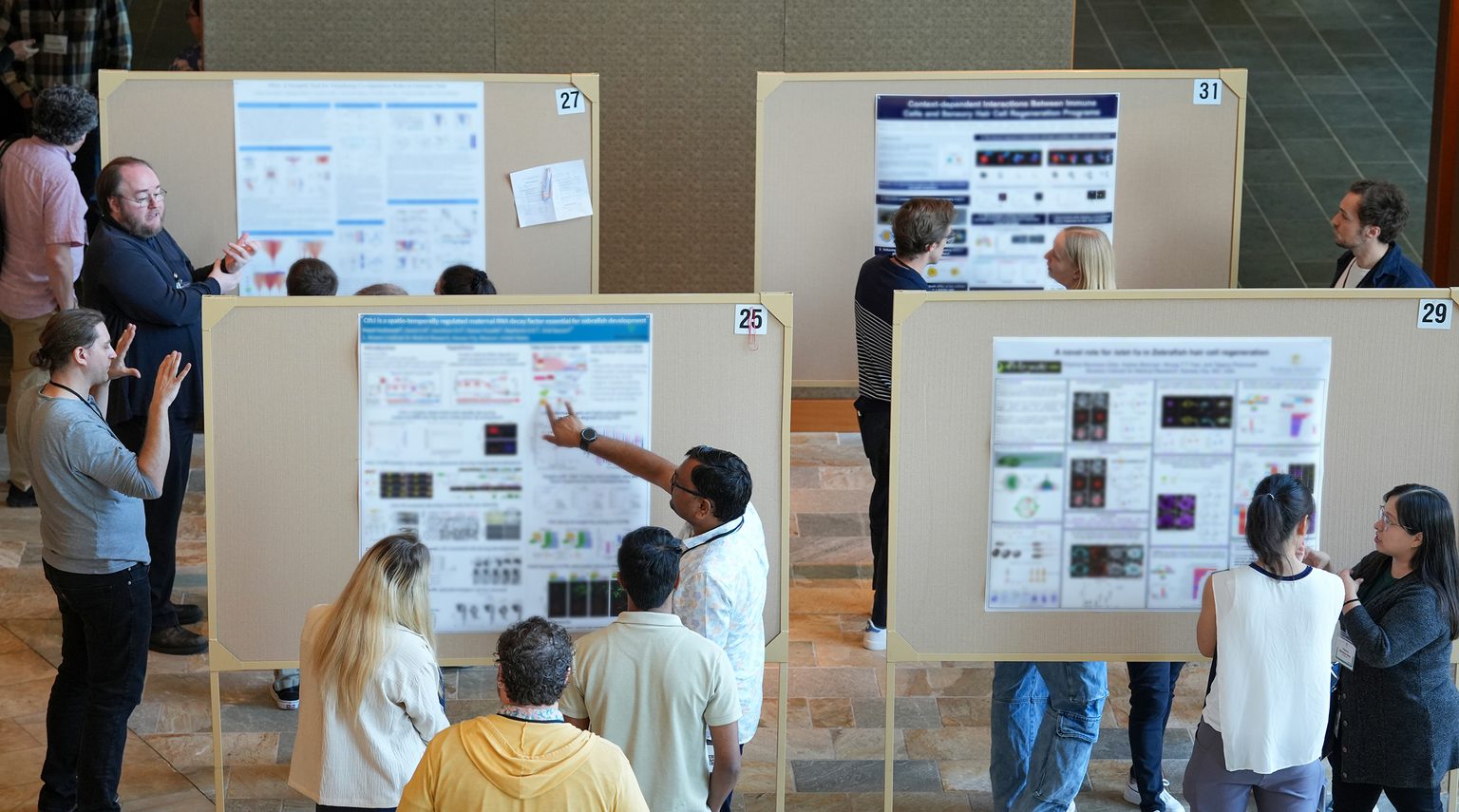

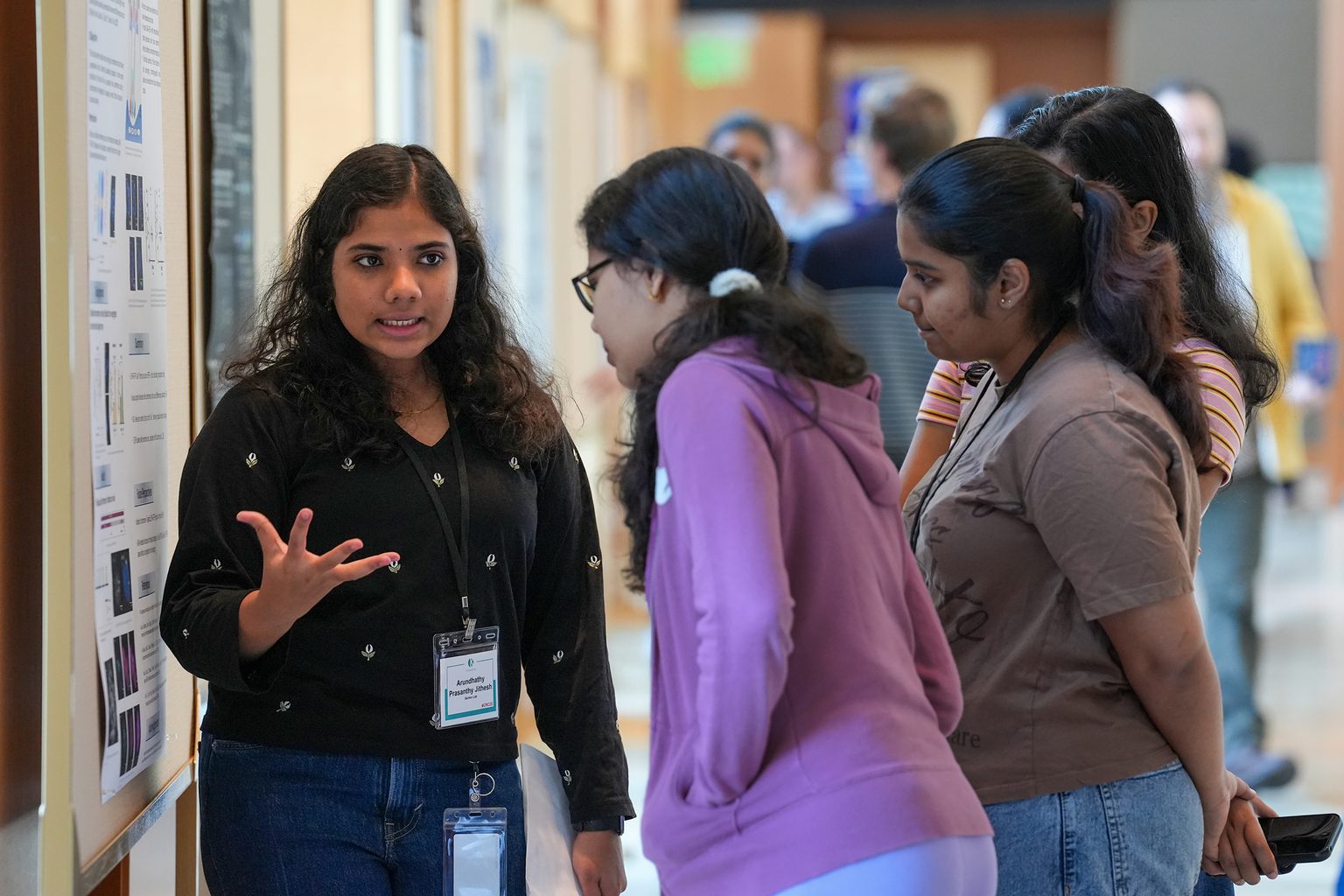
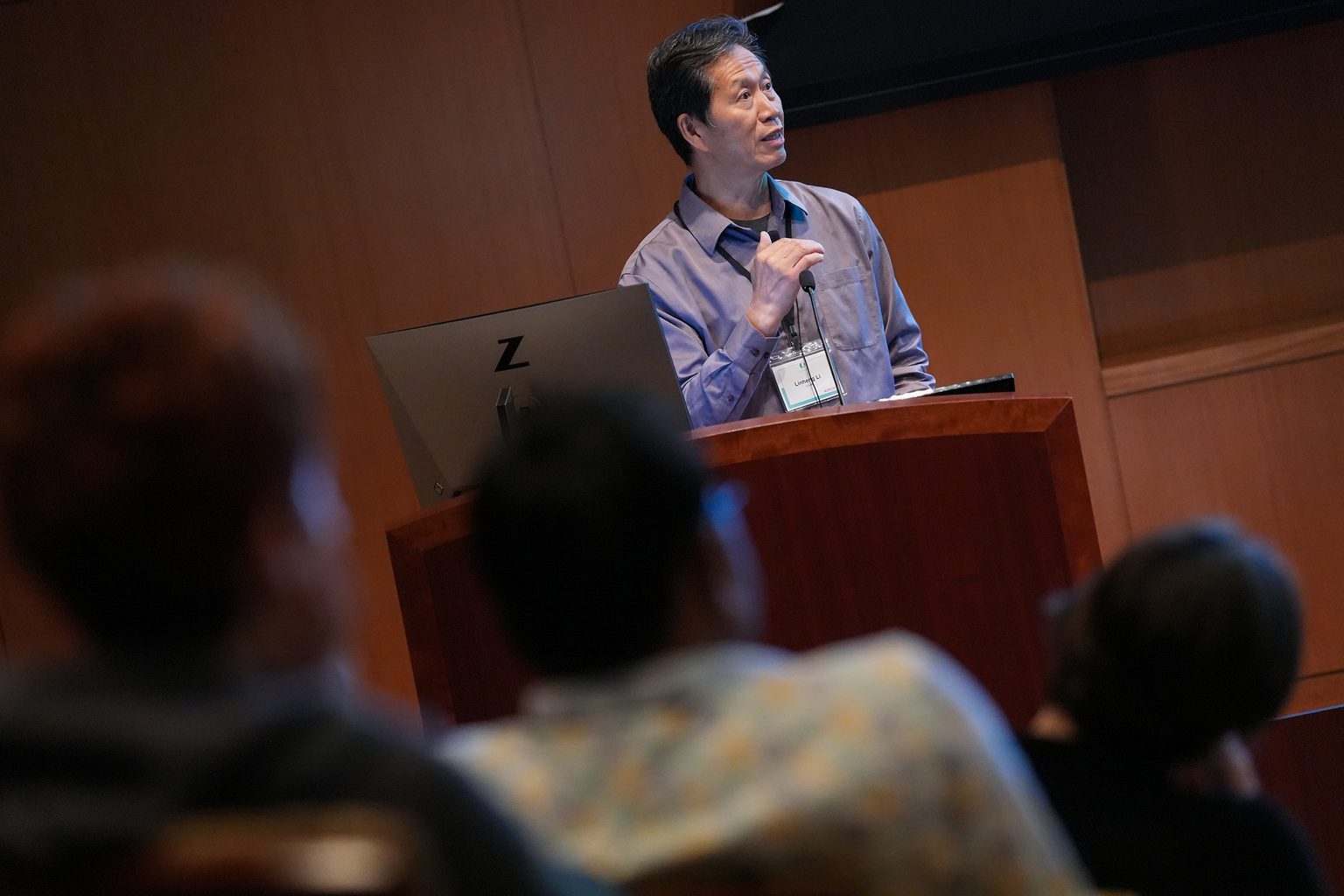
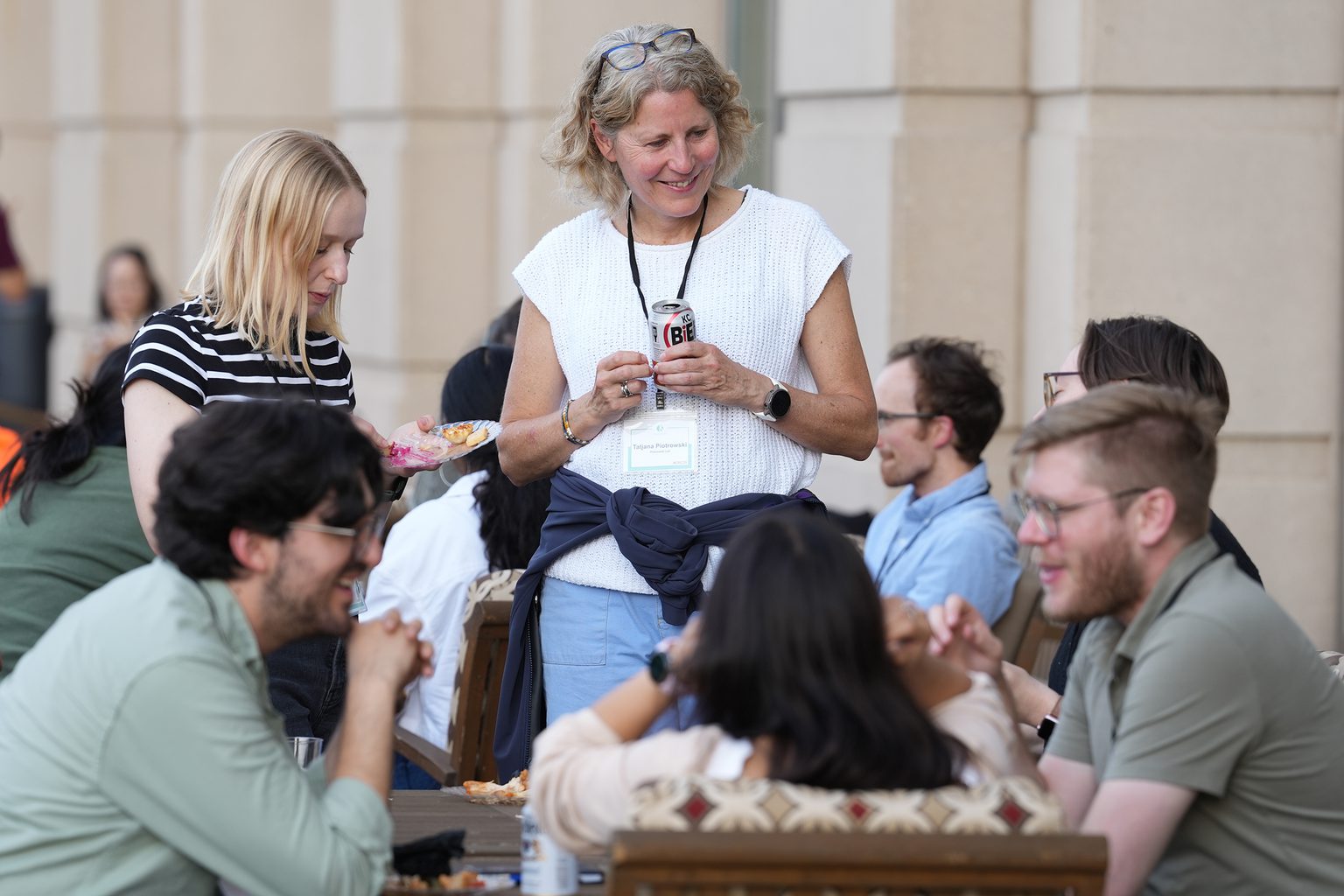
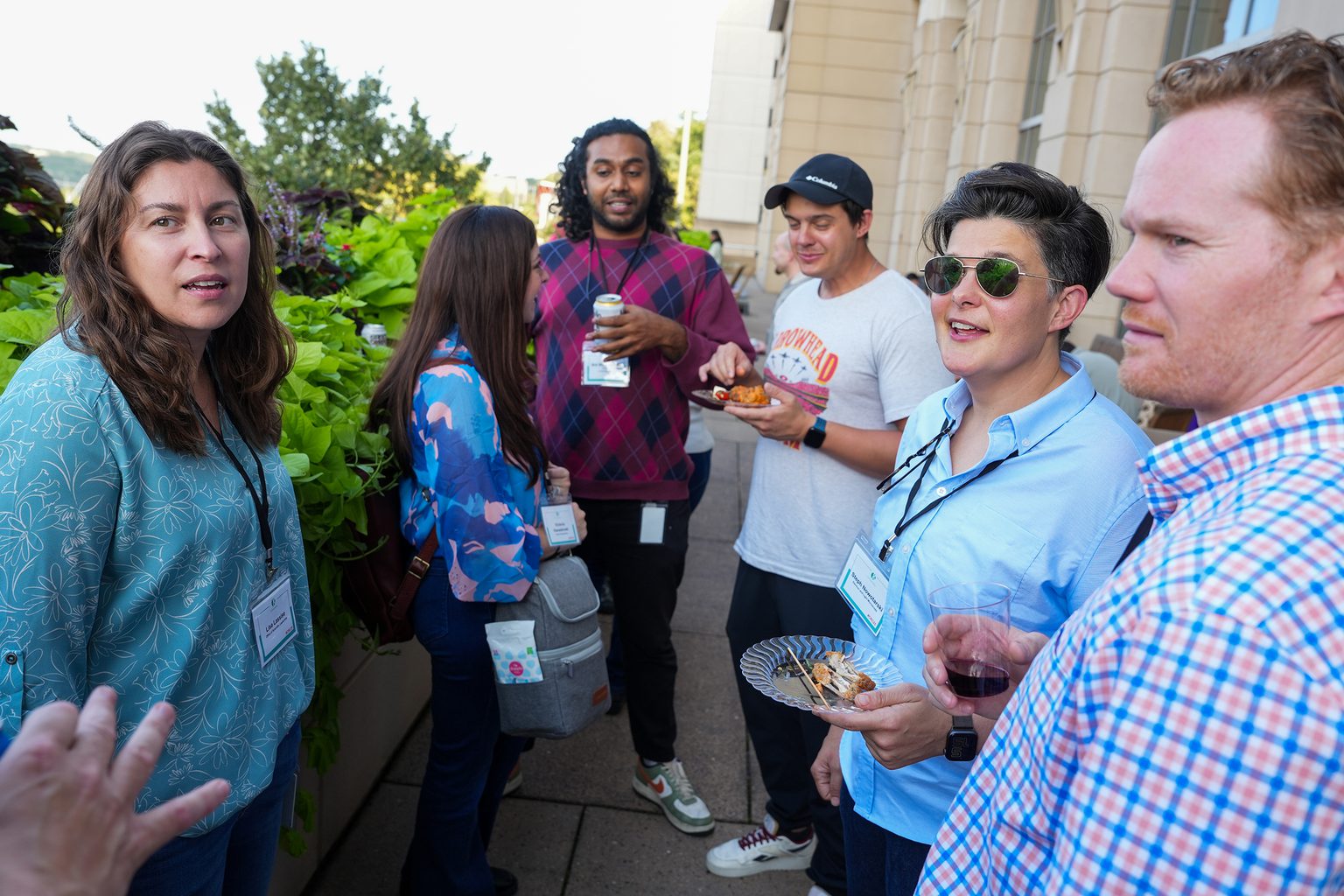
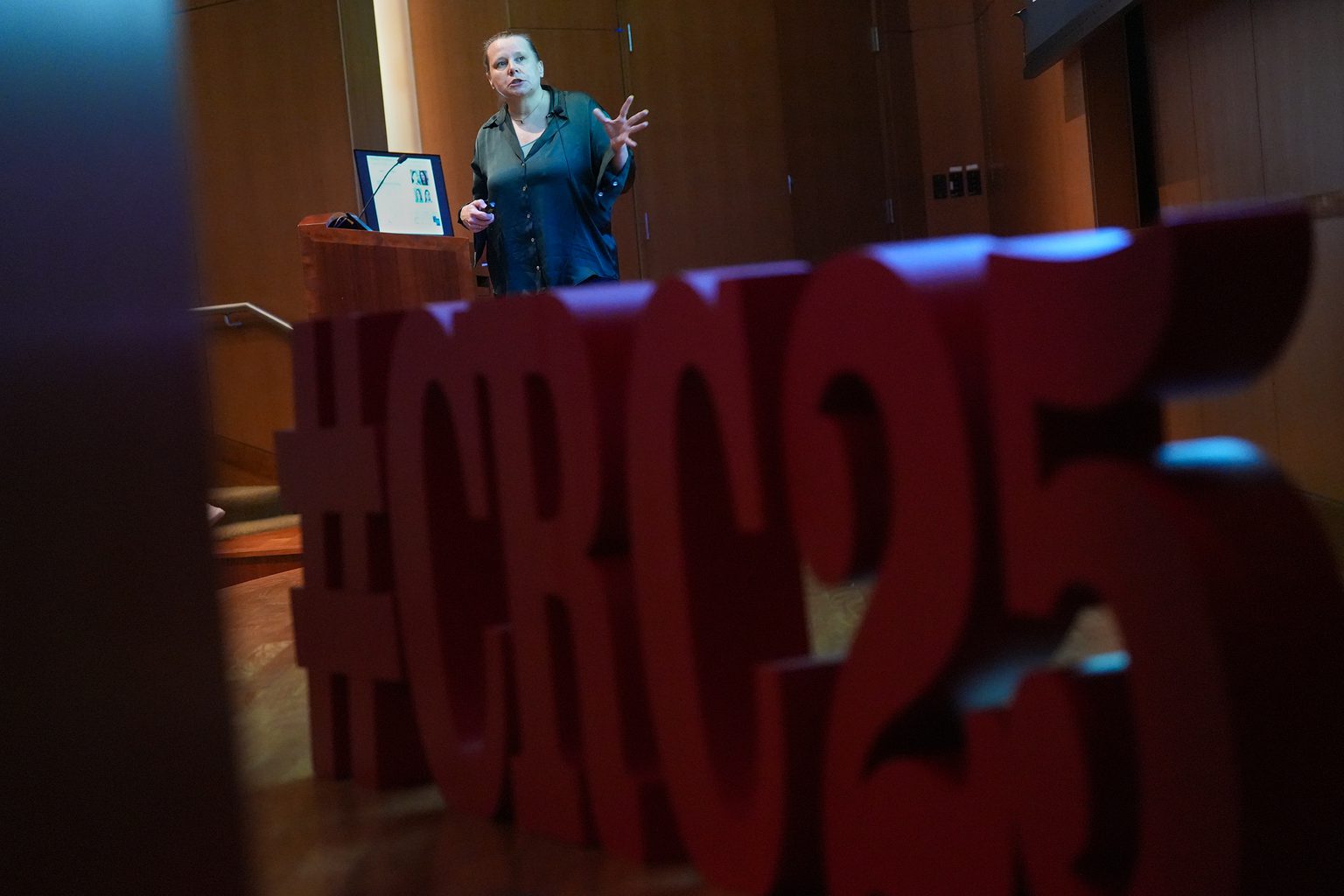



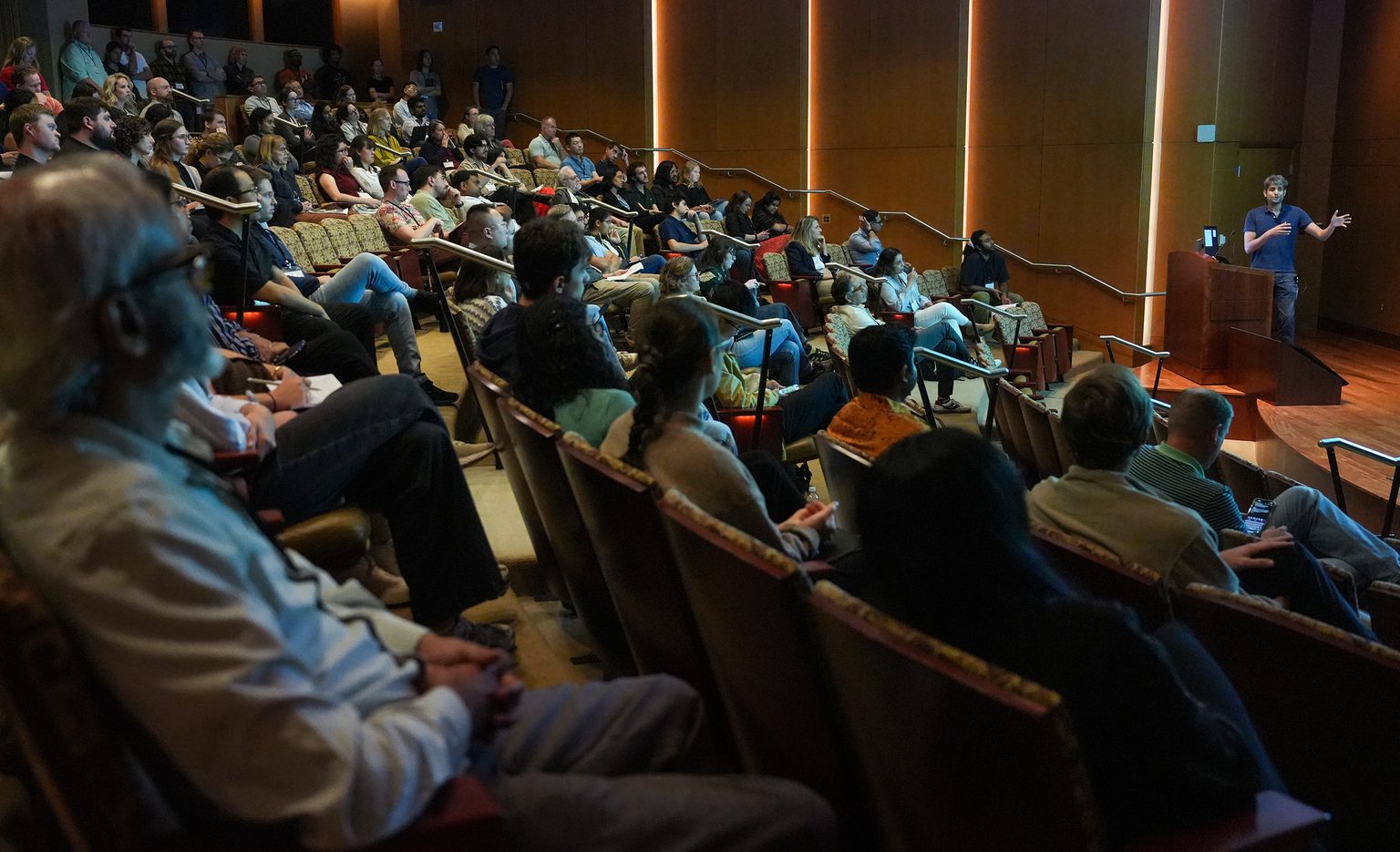
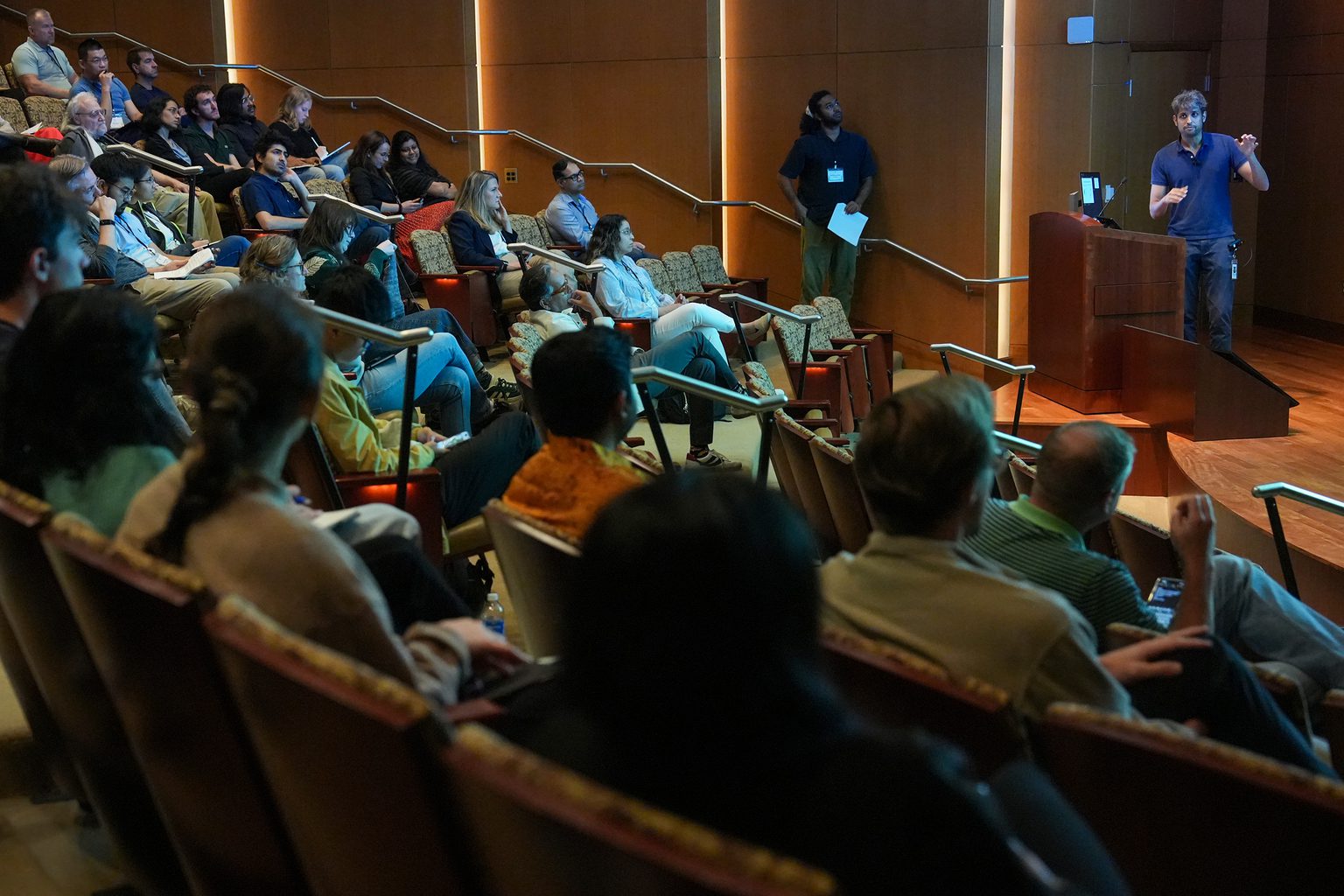
The program lived up to that principle. Across two days, talks demonstrated how Stowers scientists use research organisms both familiar and unconventional to unravel deep biological mysteries. Assistant Investigator Ameya Mashruwala, Ph.D., said, “Learning about the diversity of science done at the Institute is my favorite part of the CRC.”
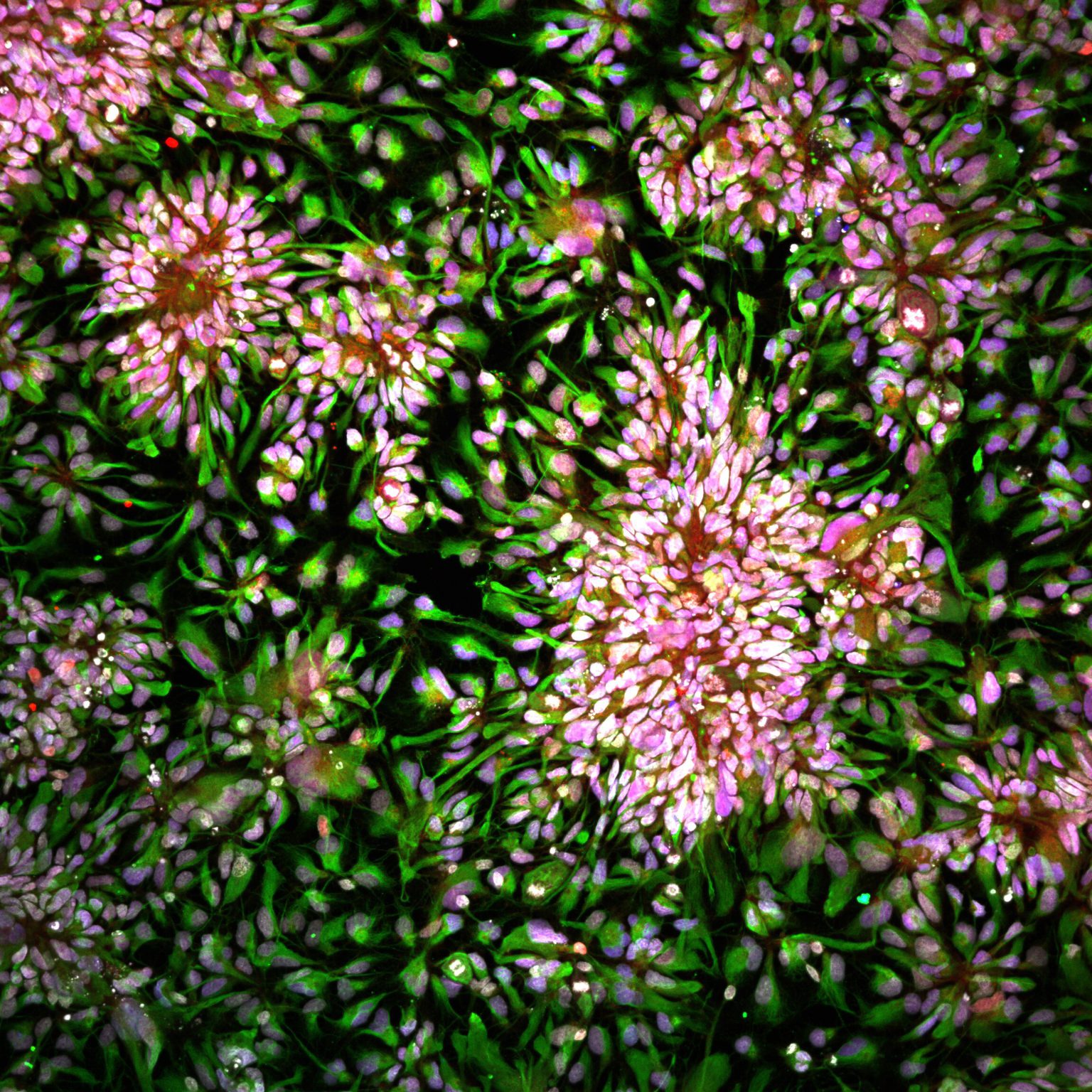
This image, which was the winner of the Image Competition, shows neural progenitors differentiated from patient-derived human induced pluripotent stem cells (hiPSCs). As they develop, the progenitors form neural rosettes, highlighted by mixed pink and purple hues that mark Pax6 and Sox1—genes indicating neural identity and early lineage commitment. Green fluorescence marks Nestin, a cytoskeletal protein of progenitors, while nuclei appear gray (DAPI). Under specific culture conditions, these progenitors can generate neurons, astrocytes, and oligodendrocytes, providing a powerful model for studying neural development, disease, and regenerative therapies. Image Credit: Yan Wang, Ph.D., a scientist in the Tissue Culture Technology Center
Highlights ranged from sea anemones that hint at how brains first evolved, to the hidden ways ribosomes shape early development, to the shifting “neighborhoods” where blood stem cells grow and age. Researchers also shared insights from regenerative organisms like fish and apple snails and unveiled cutting-edge tools — from single-molecule mapping to custom-designed nanobodies — that are opening new windows into life at its most fundamental level.
Poster sessions further highlighted the creativity and rigor of early-career scientists, sparking lively discussions that spilled into hallways and common spaces.
The meeting closed with “lightning talks” from Technology Center scientists, the winning scientific image from Yan Wang, Ph.D., a scientist in the Tissue Culture Technology Center, and reflections from Scientific Director, Kausik Si, Ph.D., on the responsibility of research in a world where public trust in science is fragile. Si said, “The Institute must be a beacon for trusted information. Our discoveries may not come overnight, but they will endure.”
CRC showcased what makes Stowers unique — a community committed not only to innovation but also to science that lasts.
In The News

07 January 2026
From the Journal of Cell Science, Investigator Kamena Kostova named a 'Cell Scientist to Watch'
Read Article
#Stowers25: Celebrating 25 Years
06 January 2026
Alejandro Sánchez Alvarado, Ph.D., reflects on a year of discovery, gratitude, and the community that helps support our mission.
Read Article
In The News
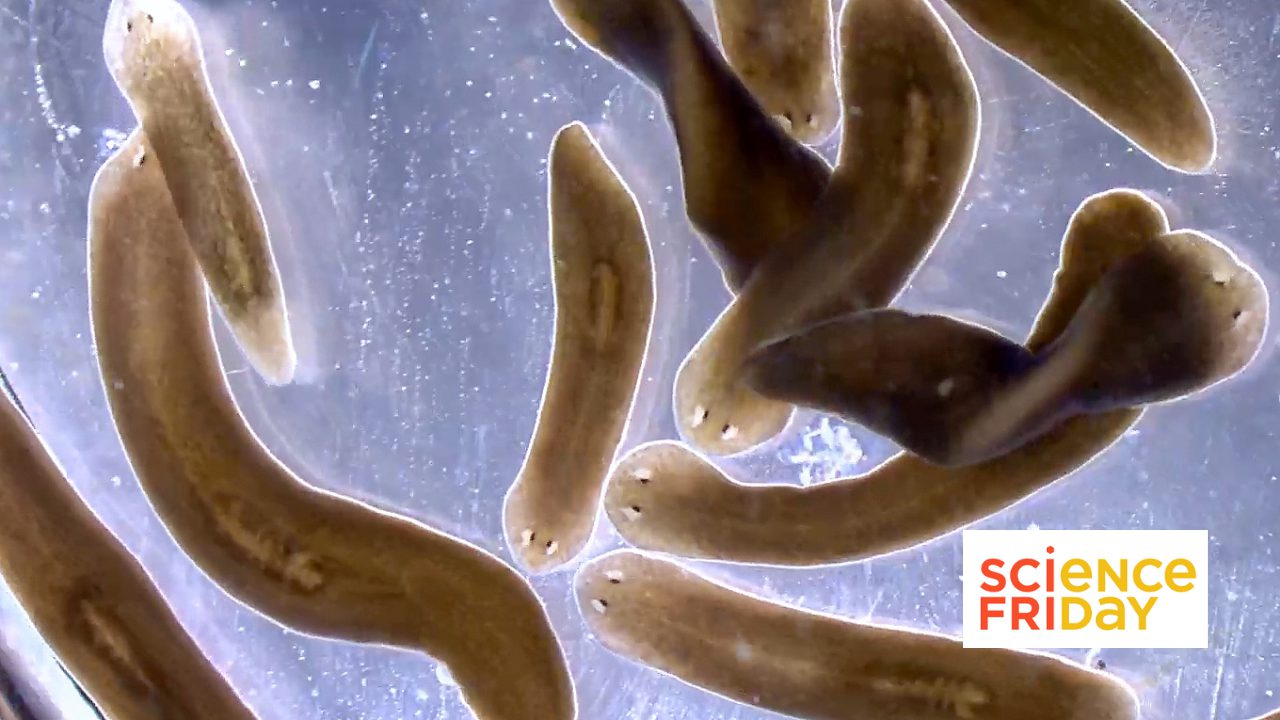
01 January 2026
From Science Friday, President and CSO Alejandro Sánchez Alvarado talks about the science of regeneration and the biology lessons we can carry into the new year.
Read Article
